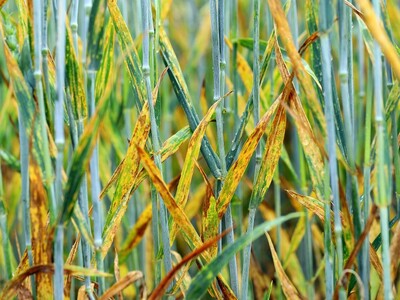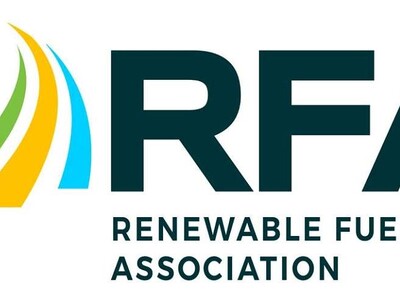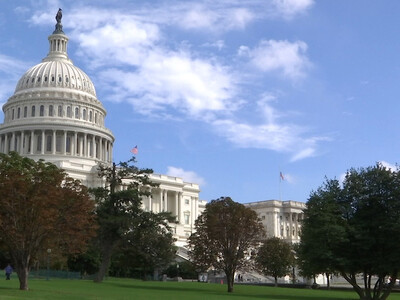Winter Wheat Planting Concerns
Winter Wheat Planting Concerns
I’m KayDee Gilkey with the Northwest Farm and Ranch Report.
Dryness is slowing the pace of winter wheat planting and emergence in many major wheat states, including parts of the Pacific Northwest.
According to National Ag Statistic Services state crop progress reports as of last week Oregon had 27 percent of their winter wheat planted, which is down from their five-year average of 39 percent. Idaho too is behind with a reported 41 percent planted compared to a 52 percent five-year average. Washington is right about on schedule with 71 percent of crop planted, compared to the 73 percent of five-year average.
USDA Meteorologist Brad Rippey shares
Rippey: “Producers in the northern plains and the northwest are now seeding regardless of the conditions. With the delayed seeding and dry weather we are seeing quite a reflection in emergence.”
According to crop progress reports for emergence as of last week Washington is a bit ahead on winter wheat emerged with 56 percent being reported last week compared to 48 percent for the five-year average. The Oregon five-year average is 12 percent and and hasn’t yet reported on emergence this fall. Idaho even with its dry weather has 13 percent of crop emerged compared with 12 percent for the five-year average.
Rippey: “And certainly when you have a dry establishment period and you have unfavorable early on, you don’t get the root development the plant health you like to see in the autumn and it certainly makes the crop more more vulnerable to winter extremes.”
I’m KayDee Gilkey with the Northwest Farm and Ranch Report on the Northwest Ag Information Network.














